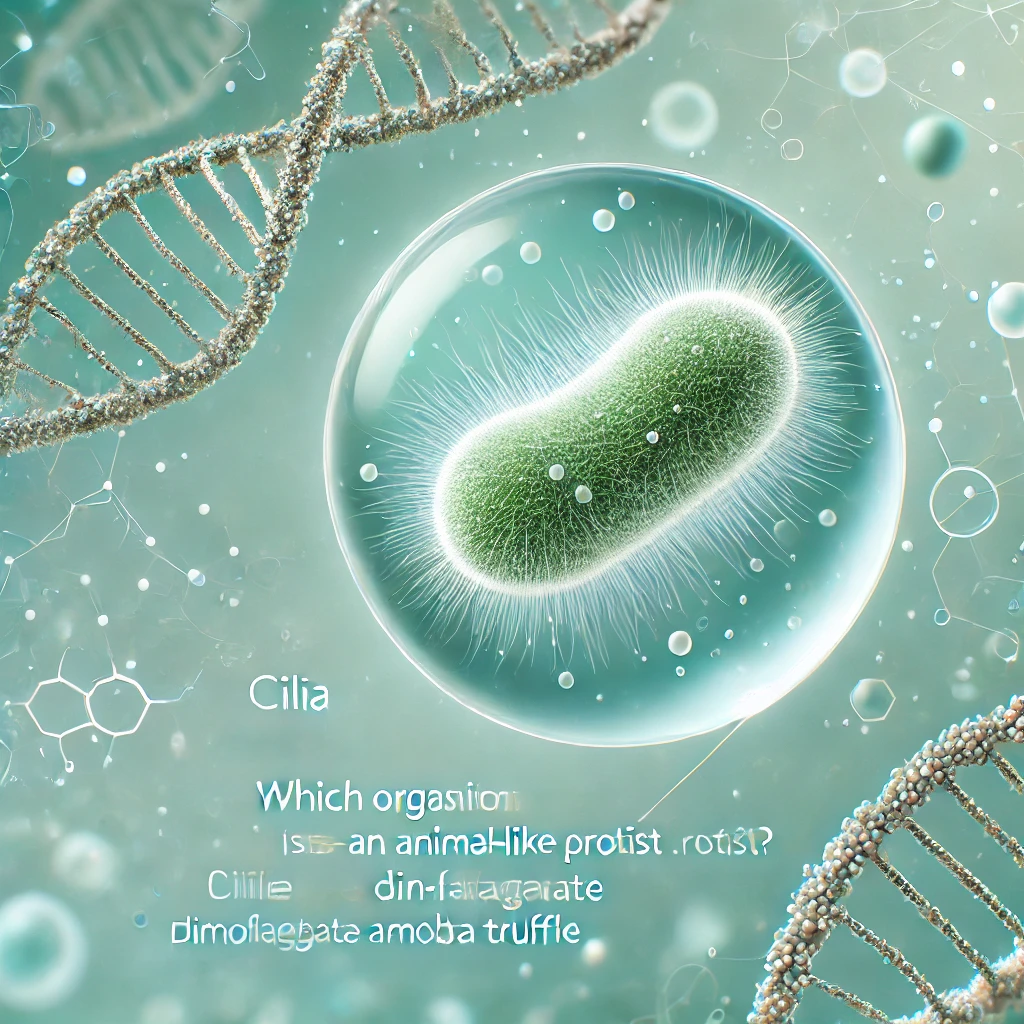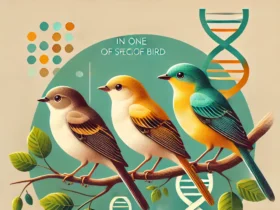Protists are a diverse group of organisms that do not fall into the traditional categories of plants, animals, or fungi. Among them, some exhibit animal-like characteristics, such as mobility and predation. So, which organism among cilia, dinoflagellate, amoeba, and truffle is an animal-like protist? Let’s break it down.
The Answer: Amoeba
The amoeba is an example of an animal-like protist, also known as a protozoan. Here’s why:
- Animal-Like Characteristics:
- Amoebas move using pseudopodia (temporary projections of their cytoplasm), a trait resembling animal movement.
- They are heterotrophic, meaning they obtain nutrients by consuming other organisms.
Why Are the Others Not Animal-Like Protists?
- Cilia: Cilia are not organisms; they are hair-like structures that help some protists, like paramecia, move.
- Dinoflagellate: These are mostly plant-like protists (phytoplankton) that can photosynthesize.
- Truffle: Truffles are fungi, not protists.
Conclusion:
Among the given options, the amoeba stands out as the true animal-like protist due to its mobility and heterotrophic behavior. Protists like amoebas are fascinating examples of the diversity of life.




